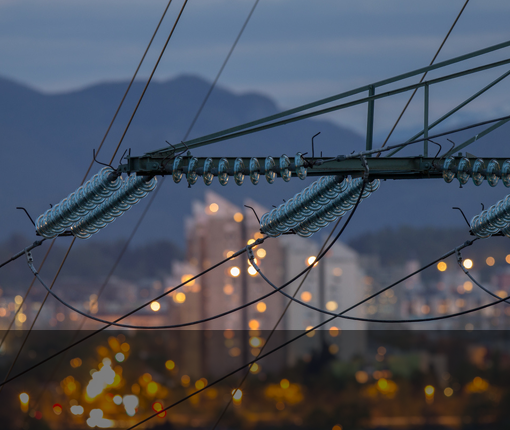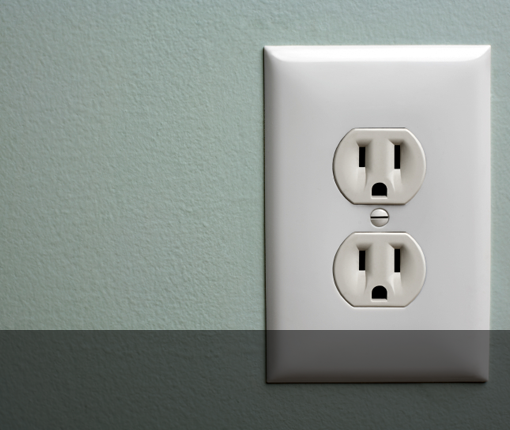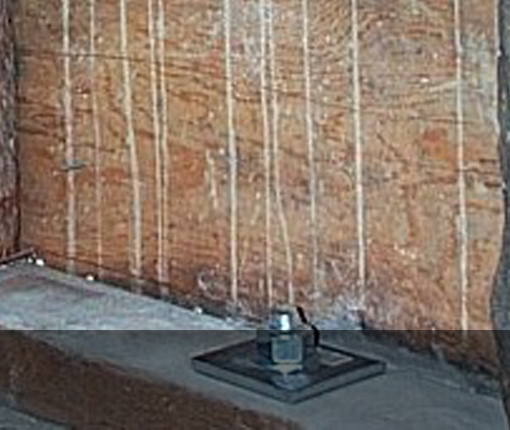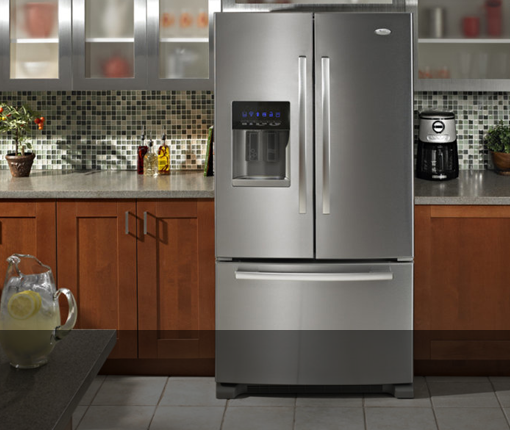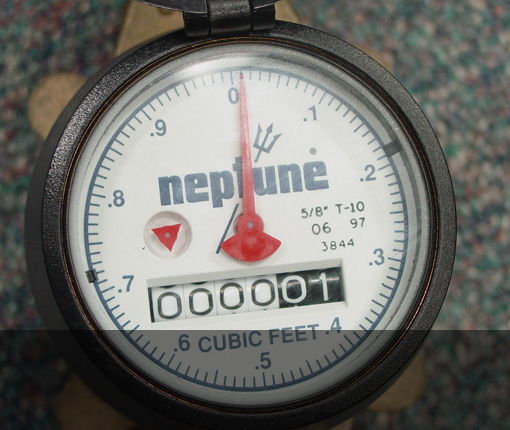Garbage Disposers
Garbage disposals were named by smart people in very good marketing departments. Disposals are not meant for disposing of garbage and they most certainly cannot be used for ALL garbage. More accurately they should be called “kitchen drain grinders,” since their real purpose is to deal with insignificant amounts of escaped waste-food that might otherwise clog up the kitchen drain.

To-Do
- Always use plenty of cold water when running the disposal.
- Do not pour grease down the drain or the disposal.
- Never reach into the disposer-ever!
- Find your appliance’s owner’s manual and place it in a secure location for instructions on your specific appliance. If you have lost the manual or want a second copy, you can usually find them on line.
Maintenance
- 1x per week: Pull the rubber mouth guard out of the disposer and either clean it manually or place in the dishwasher.
- 4x per year: Disposers need a good cleaning now and then as food can get stuck on the internal mechanism and smell bad. Drop some lemon slices into the disposer along with some old ice cubes while it’s running, along with a box of baking soda.
- 1x per year: Also, check for rust and inspect the fittings under the sink to make sure everything is tight and leak free. Plan to replace every 5-8 years.
Good marketing made disposals a success
Disposals are by far one of the handiest but most misused tools in the kitchen. The result of this has been both a burden and windfall to professional plumbers through the clogging of drains and the ruination of septic systems. As mentioned already, disposals were originally invented to grind up the inadvertent food materials that accidentally managed to get themselves through the kitchen sink strainer and down the drain.
Before disposals, any food down the sink would almost certainly have caused a clogged plumbing drain. This would be an event sure to ruin a nicely planned evening meal. Disposers made it possible, with just the flip a switch, to grind up any pesky escaped carrots, potato peels or whatever and flush these finely ground particles away with no trouble at all. A homeowner would no longer need to call a plumber or stock gallons of liquid drain cleaner in order to save the day.
Grind up your problems

The marketing departments of these manufacturers quickly seized on this idea and made it sound as if anything could be conveniently stuffed in, ground up and flushed down the drain.
Ever-gullible American consumers thought this was a true miracle and embraced the idea with zest. Soon folks (like my dad) were experimenting stuffing entire turkey carcasses, whole lemons and all kinds of things down the sink that were never intended to go there. Yikes!
I have learned first hand, the hard way that no matter how powerful the disposer, artichoke leaves and asparagus stalks are tougher!
Rather than re-educate the poor consumer about the true purpose of the machine, manufacturers responded by upping the grinding capacity and power, then raising the price!
Today the average heavy duty residential disposer has a full 1-hp and will cost around $300. If that sounds wimpy, there is for the “real” men out there, an ultra-heavy-duty In-SinkErator SS-1000-12 disposer with Ten horsepower for just under $7K. Good grief!
Summary and warning
Be careful to only run small amounts of biodegradable material through your disposer, especially if you are on a septic system. Do not ever stick your hands down the throat of this appliance.










